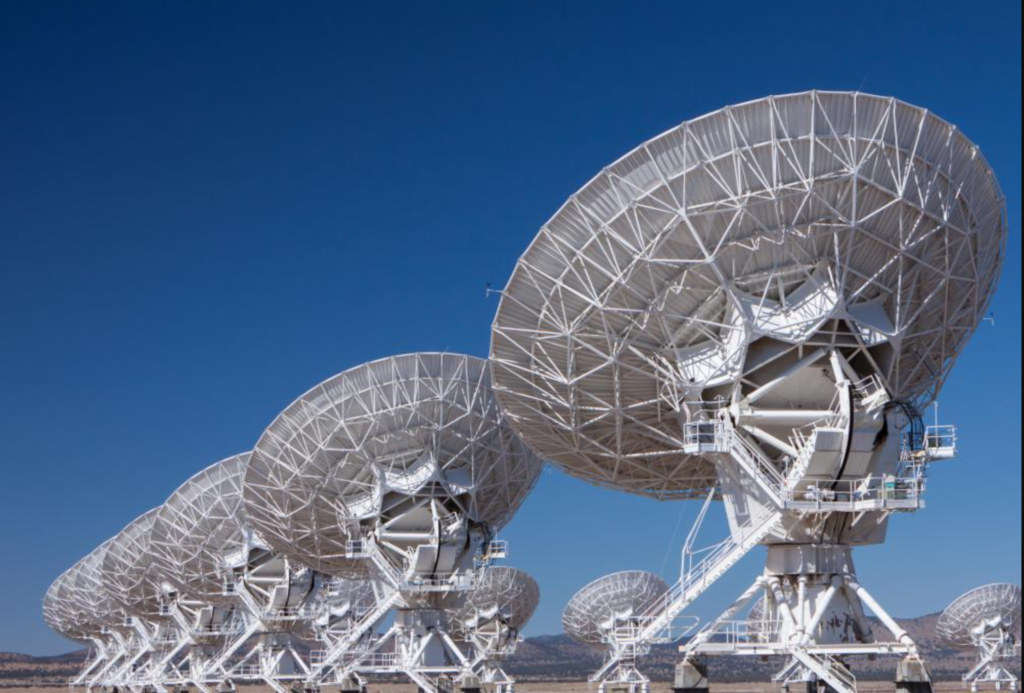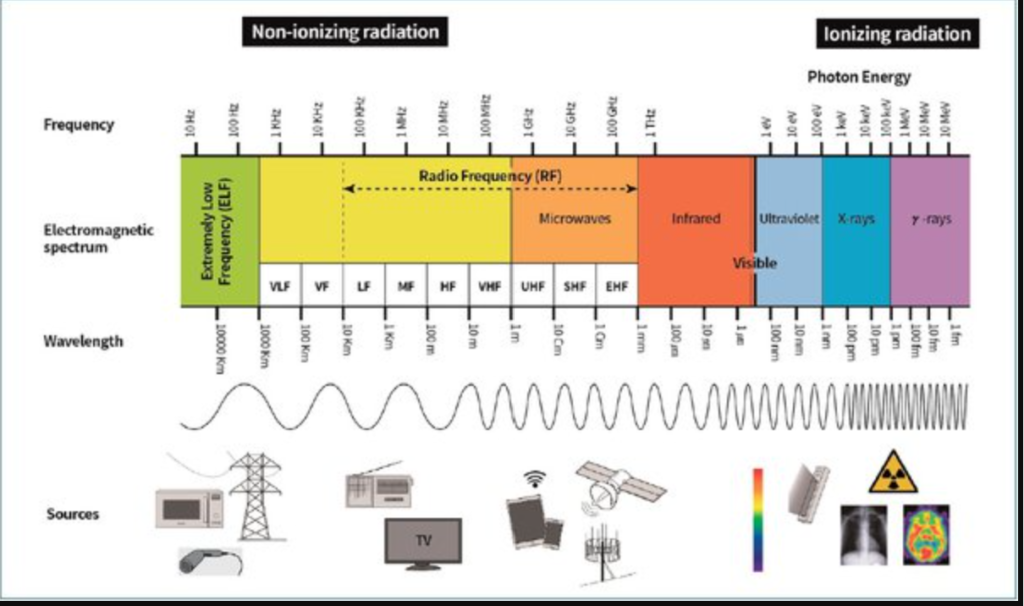The world of electromagnetic waves is vast, spanning from radio waves to visible light and beyond. We often encounter radio antennas, those tall structures dotting the landscape, silently transmitting and receiving signals. But can these antennas emit visible light? Let’s explore the fascinating science behind radio antennas and their relationship with visible light.
The Spectrum of Electromagnetic Waves
Before we dive into the specifics, let’s understand the electromagnetic spectrum. It encompasses various types of waves, each with distinct properties:
- Radio Waves: These have long wavelengths and are commonly used for communication, broadcasting, and Wi-Fi signals.
- Visible Light: The rainbow of colors we see—red, orange, yellow, green, blue, indigo, and violet—belongs to the visible light spectrum.
- Infrared and Ultraviolet: These lie just beyond the visible light spectrum.
- X-rays and Gamma Rays: These high-energy waves have shorter wavelengths.
Also read : Starlink: Bridging The Digital Divide With Satellite Internet

Radio Antennas and Their Function
Radio antennas serve as conduits for electromagnetic waves. When you listen to your favorite radio station or connect to Wi-Fi, you’re interacting with radio waves. But can these antennas emit visible light?
The Challenge of Size
The fundamental issue lies in the size of radio antennas. To efficiently emit waves, an antenna’s length should match the wavelength of the wave. For instance:

- A typical Wi-Fi router antenna emits radio waves at a frequency of 2.4 GHz (gigahertz), corresponding to a wavelength of 12.5 centimeters.
- In contrast, blue light has a wavelength of about 470 nanometers—a hundred times smaller than the smallest cell in your body.
Overcoming Material Properties
- Frequency Mismatch: The size mismatch prevents regular radio antennas from efficiently emitting visible light. Even if we increased the frequency of the driving circuit, the antenna’s material properties hinder this transition.
- Material Challenges: Radio antennas work by oscillating electric fields, pushing electrons up and down. These oscillations create electromagnetic waves. However, visible light’s tiny wavelength demands an antenna only 1000 atoms long—a challenging feat.

Plasmonic Nanoantennas: A Solution
Recent advancements in nanotechnology have led to plasmonic nanoantennas. These minuscule structures can indeed emit visible light. By manipulating surface plasmons—collective electron oscillations—these nanoantennas bridge the gap between radio waves and visible light.
Conclusion
In summary, while regular radio antennas cannot emit visible light, the emerging field of plasmonic nanoantennas offers exciting possibilities. So, the next time you tune in to your favorite radio station, appreciate the invisible dance of waves—whether they’re radio waves or the vibrant hues of visible light123.
Frequently Asked Questions (FAQs)
Q: Can radio antennas emit visible light?
A: No, radio antennas, designed for radio frequency transmissions, do not emit visible light as part of their inherent functionality. The energy levels associated with radio waves are significantly lower than those required for visible light emission.
Q: What are radio waves, and how do they differ from visible light?
A: Radio waves are a type of electromagnetic radiation with long wavelengths, used in telecommunications. Visible light, on the other hand, is a narrow segment of the electromagnetic spectrum with wavelengths between approximately 380 to 750 nanometers, perceivable by the human eye.
Q: Why don’t radio antennas emit visible light like other light sources?
A: The emission of visible light is tied to the energy levels of electrons within atoms, involving specific transitions. Radio waves do not induce such transitions in the atoms of radio antennas at energy levels corresponding to visible light
Q: Are there cases where visible light is associated with radio antennas?
A: While radio antennas themselves do not emit visible light, there may be incidental cases where visible light is produced as a byproduct of associated electronic components, such as indicator lights or control panels.
Q: Can radio antennas be equipped with components that intentionally emit visible light?
A: Yes, modern radio antennas may incorporate components, such as LED indicators, that intentionally emit visible light for operational or safety purposes. These components, however, are distinct from the radio frequency transmission elements.
Q: Are there safety and regulatory standards for visible light emissions from radio antennas?
A: Yes, intentional visible light emissions from components associated with radio antennas are subject to safety and regulatory standards. These standards ensure compliance with guidelines to avoid interference, ensure visibility, and adhere to safety protocols.
Q: Do radio antennas play a role in technologies that use visible light?
A: Radio antennas are distinct from technologies that specifically utilize visible light, such as fiber optic communications. While both involve aspects of telecommunications, they operate in different segments of the electromagnetic spectrum.
Q: Can the human eye perceive radio waves emitted by antennas?
A: No, the human eye cannot perceive radio waves emitted by antennas. Radio waves have much longer wavelengths than visible light, making them invisible to the human eye.
Q: Are there technological advancements integrating visible light emission in radio antenna systems?
A: Visible light emissions in radio antenna systems typically come from separate components, such as indicator lights. While technological advancements may improve efficiency and safety features, the core functionality of radio antennas remains focused on radio frequency transmissions.
Q: How do incidental visible light emissions from radio antennas impact their operation?
A: Incidental visible light emissions from components associated with radio antennas, such as indicator lights, do not impact the core operation of the antenna for radio frequency transmissions. These emissions are often designed to enhance visibility and safety in the vicinity of the equipment.
Also read : The Cosmic Symphony: How Would A Guitar Sound On A Space Station?




































